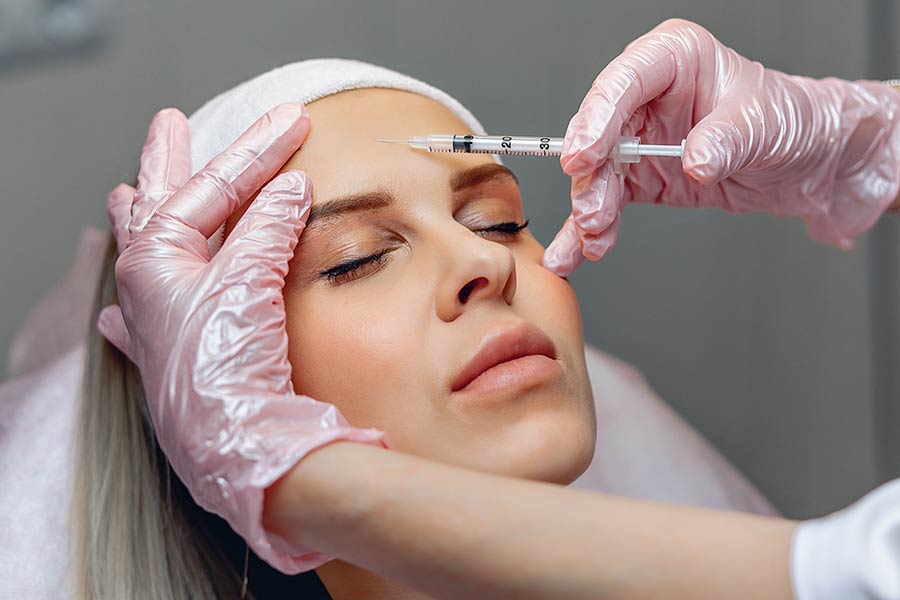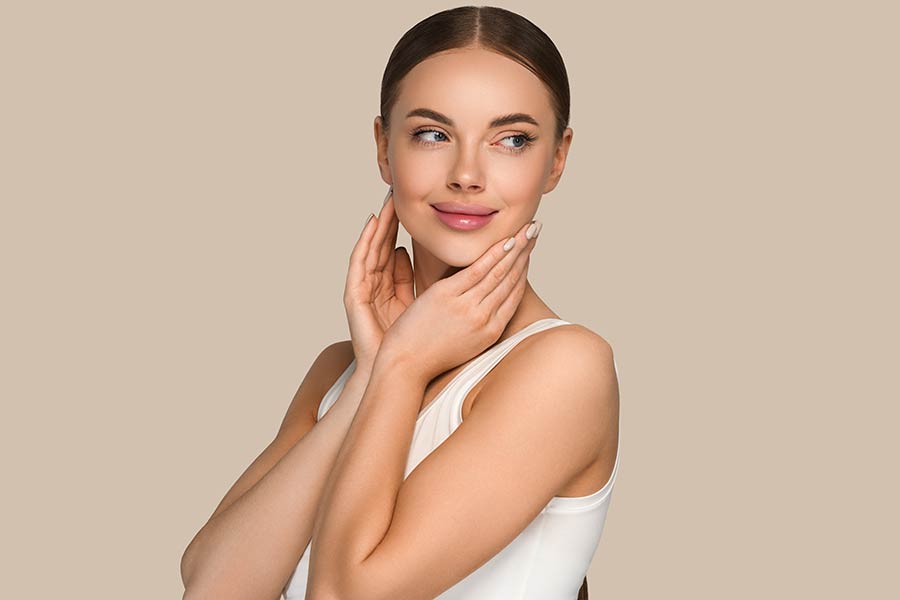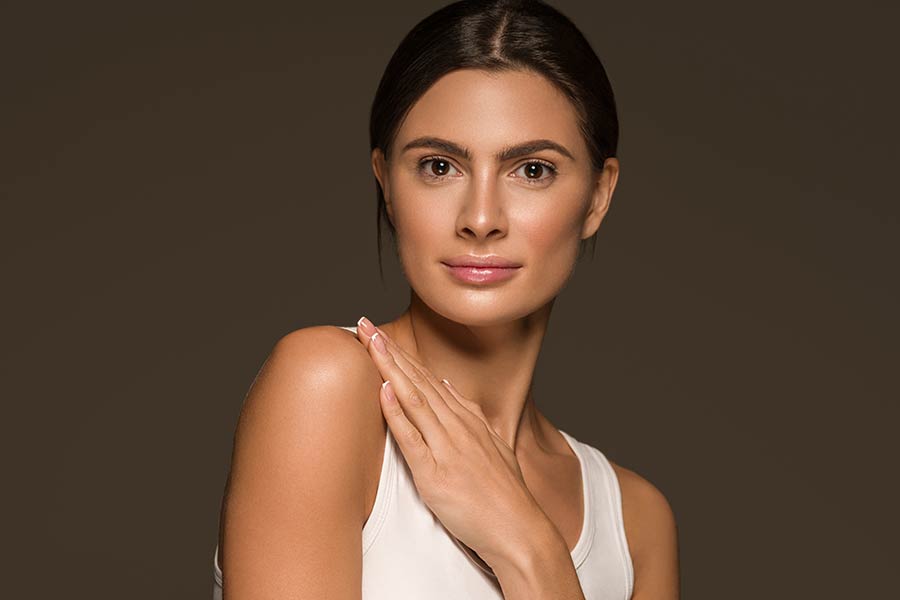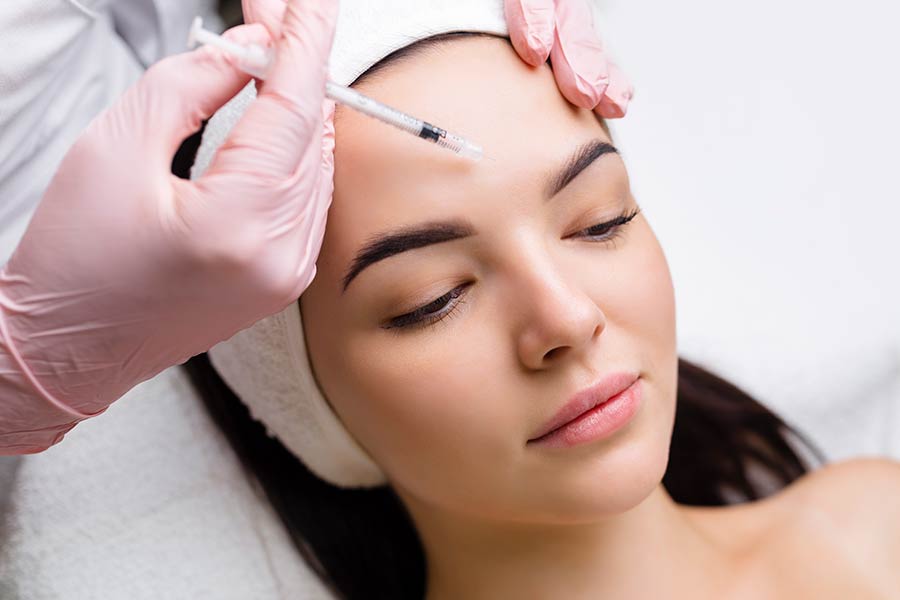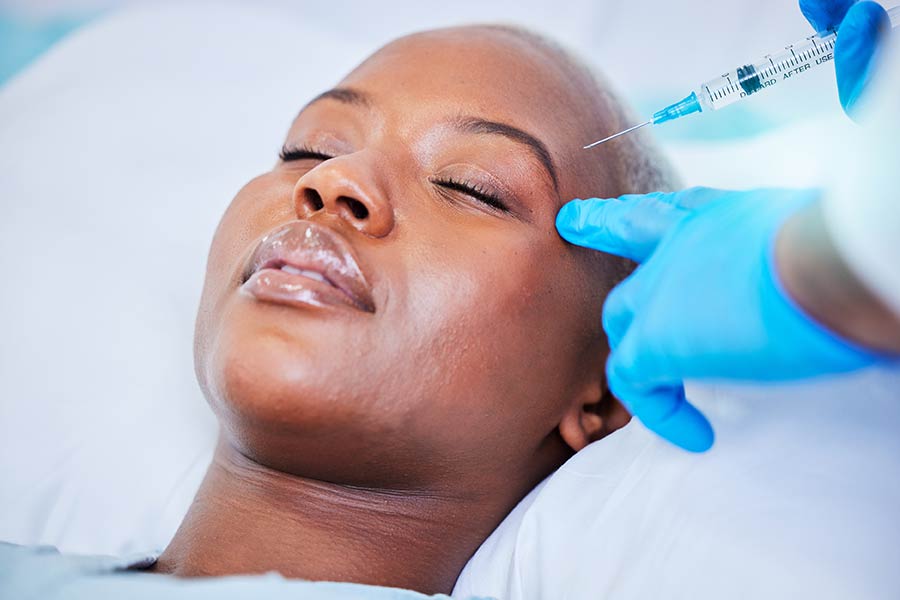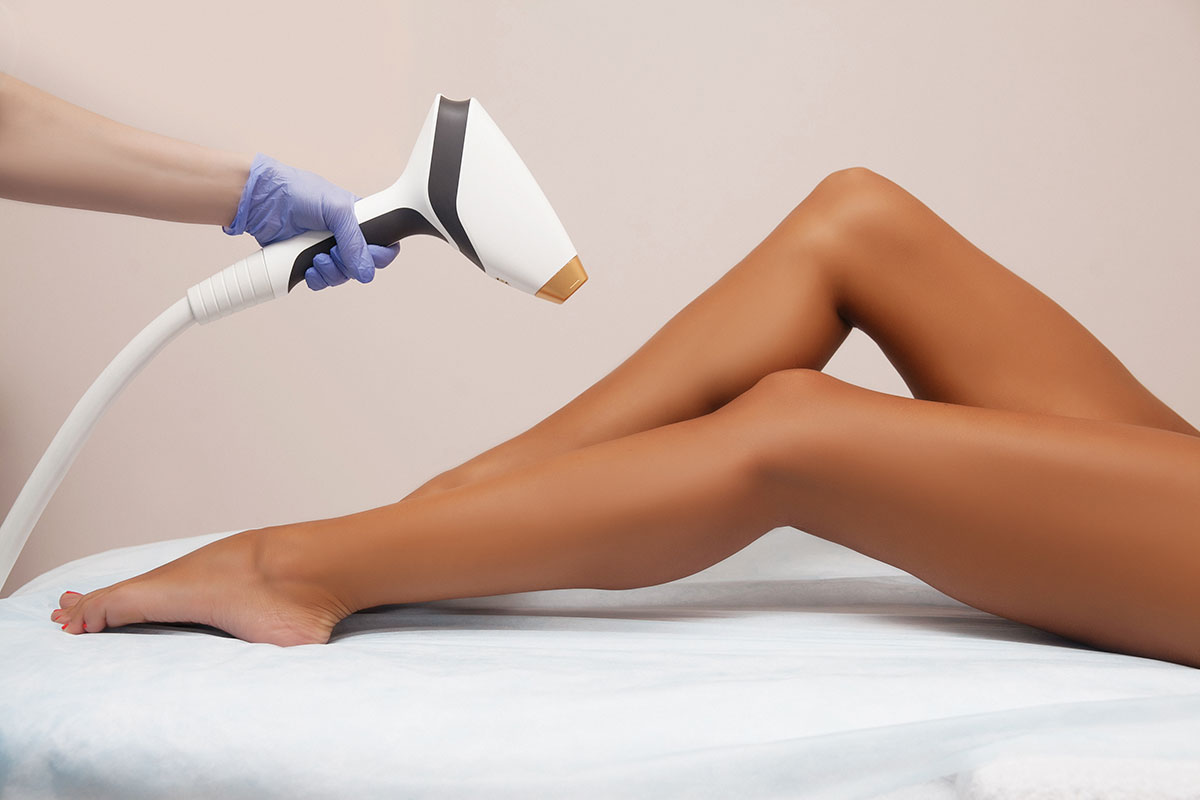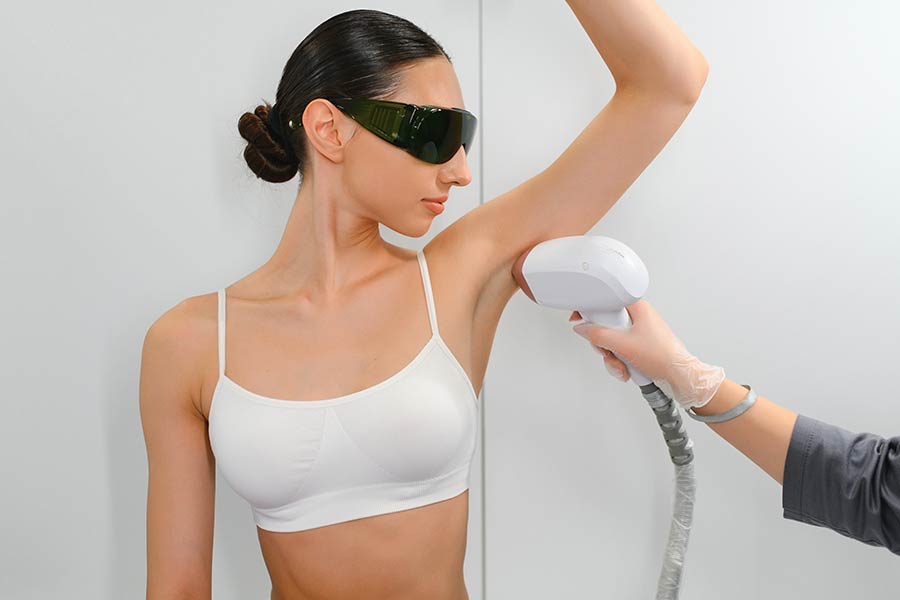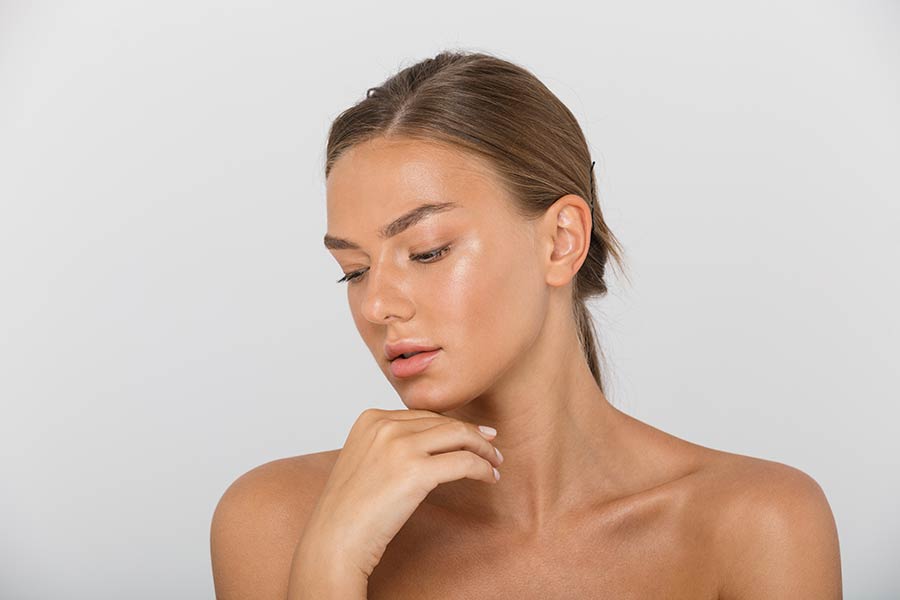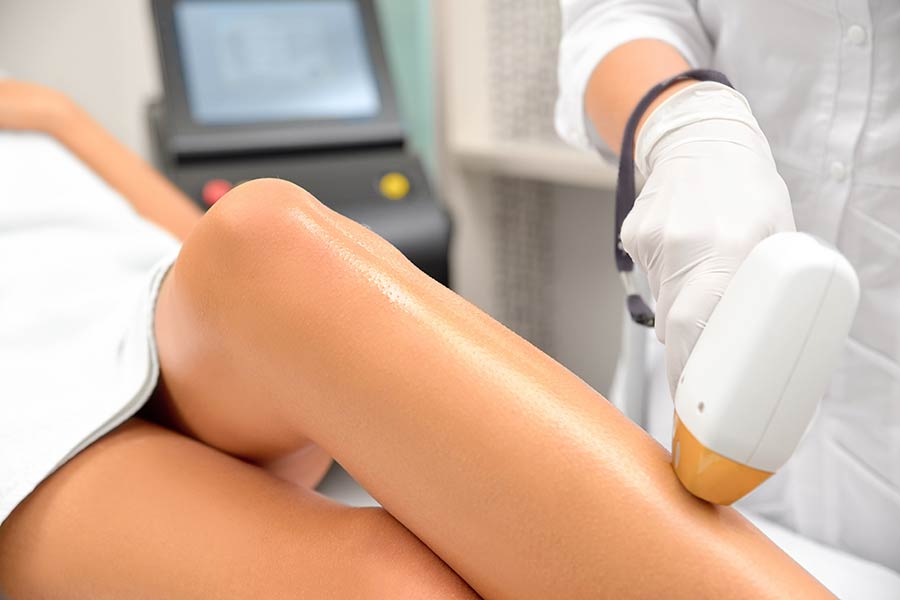Over 7 million people get Botox treatments each year, making it one of the most popular cosmetic procedures worldwide. But have you ever stopped to wonder what's actually in Botox? It's not just a magical wrinkle eraser; there's science and a bit of nature behind its power. At its core, Botox is derived from a bacterium called Clostridium botulinum. This might sound a bit scary at first, but through precise scientific processes, it’s turned into a safe product that can smooth out wrinkles and even treat some medical conditions. So next time you hear someone talking about getting Botox, you'll know exactly what they're injecting – it's all about taming nature for beauty and health.
Key Takeaways
- Botox is made from a purified protein of the botulinum toxin, which is produced by the bacterium Clostridium botulinum.
- Despite common misconceptions, when used correctly, Botox is safe and has various applications beyond cosmetic enhancements, such as treating certain medical conditions.
- Understanding how Botox works—by temporarily paralyzing muscles—can help dispel fears and clarify its effectiveness and limitations.
- The process of making Botox involves rigorous purification to ensure its safety for cosmetic and medical use, emphasizing the importance of seeking treatments from qualified professionals.
- Being aware of potential side effects and discussing them with a healthcare provider can ensure a safer experience with Botox treatments.
- Ethical considerations, including the use of Botox for non-medical purposes and its impact on societal perceptions of aging, are important discussions to have, reflecting the need for informed choices.
Botox Composition
Main Ingredient
The core component of Botox is Botulinum toxin. This substance is a protein that comes from the bacterium Clostridium botulinum. It has a unique ability to temporarily paralyze muscles. When used in small, controlled doses, it can relax excessive muscle contractions.
Botulinum toxin's power to smooth wrinkles and ease muscle disorders makes it highly sought after. Its effectiveness lies in its origin - a naturally occurring bacterium transformed into a medical marvel.
Derivation Process
Creating Botox involves a detailed fermentation process. This process uses the Clostridium botulinum bacteria under strict laboratory conditions. These conditions are vital for producing the toxin safely and effectively.
After fermentation, the product undergoes several refinement steps. These steps ensure its purity and safety for medical use. The goal is to isolate the therapeutic component while removing any harmful impurities.
Safety and Approval
Several regulatory bodies have given their nod to Botox for various applications. The Food and Drug Administration (FDA) leads this list, ensuring that Botox meets all safety standards before reaching consumers.
Botox goes through rigorous testing and trials before it gets approval. These processes confirm its effectiveness and safety for public use. However, professional administration is crucial. Only trained healthcare professionals should administer Botox to guarantee its safety and efficacy.
Common Misconceptions
Ingredient Myths
Many people think Botox is made from snake venom or other harmful substances. This is not true. Botox comes from a bacterium called Clostridium botulinum. It's completely different from snake venom.
e believe that Botox is addictive. This myth needs clarification. People might like the results and choose to get treatments regularly, but there's no physical addiction to the substance itself.
Others worry about Botox being a "poison." While it's true that in large amounts, the botulinum toxin can be harmful, Botox uses very small, safe doses for cosmetic and medical purposes. These controlled doses are not dangerous.
Safety Concerns
Getting injections from unlicensed practitioners carries risks. Always choose a licensed professional for Botox treatments to avoid complications.
Side effects like bruising, swelling, or temporary discomfort are possible after getting Botox. These are usually minor and go away on their own.
Serious complications from Botox are rare when it's given correctly by a trained professional. However, it's important to discuss all risks with your provider before treatment.
Regulatory Facts
The FDA has approved Botox for both cosmetic uses and certain medical conditions. This approval means that studies have shown Botox to be safe and effective for these uses.
Clinics and practitioners offering Botox treatments must meet legal requirements. They need proper licensing and training to ensure patient safety.
Government agencies like the FDA play a crucial role in monitoring the safety of Botox. They check on how it's made, who gives it, and where it's used to keep everyone safe.
Making of Botox
Cultivation Steps
The journey of making Botox starts with the cultivation of Clostridium botulinum. Scientists use a nutrient-rich medium to grow these bacteria. This medium has everything the bacteria need to grow.
Then, they let the bacteria grow for a period. This is called the incubation period. It's crucial for allowing enough bacteria to form.
After this period, they harvest the bacteria. They do this to get the toxin that the bacteria produce. This toxin is what makes Botox work.
Purification Process
Once they have the toxin, it's not ready for use yet. It needs to be pure. The purification process involves several steps.
First, scientists remove impurities from the toxin. This step is important because it helps minimize adverse reactions when people use Botox.
They also test the toxin during this process. They want to make sure it's both potent and pure. Only then is it ready for medical use.
From Toxin to Treatment
Botox comes from a dangerous substance, but through science, it becomes helpful. There were many scientific breakthroughs along the way.
These breakthroughs showed how we could use botulinum toxin safely. Now, doctors can use it to help people in many ways.
But using Botox requires precision. Doctors must get the dose just right for therapeutic use. Too much or too little won't work as well.
By understanding these steps, we see how Botox is made carefully and safely. This shows us that despite common misconceptions, creating Botox is a detailed and safe process. It turns a once dangerous substance into something that can help many people.
How Botox Works
Effect on Muscles
Botox acts by blocking nerve signals that tell muscles to contract. This leads to a temporary relaxation of the muscle. Doctors use it to target specific muscles that are stiff or in spasm. The beauty of Botox lies in its precision. It affects only the treated area, leaving the rest of the body untouched. This localized effect ensures that only the problem spots are addressed.
Muscle stiffness or spasms can cause discomfort and pain. Botox provides relief by making these muscles relax. It does not spread through your entire body.
Injection Process
Before injecting Botox, doctors clean the skin thoroughly. They use antiseptic solutions to sterilize the injection site. This step is crucial for preventing infections.
Professionals then use a very fine needle for the injection. They have been trained to find the exact spot where Botox will be most effective. Before treatment starts, they assess each patient carefully. This assessment helps them decide how much Botox to use.
The right dosage is key to achieving desired results without overdoing it. Patient safety and satisfaction are top priorities during this process.
Duration of Effects
Typically, the effects of Botox last between 3 to 6 months. However, this can vary based on several factors. The area treated and an individual's metabolism play significant roles in how long benefits last.
Over time, muscles start to regain their ability to move as Botox wears off. For continued results, patients may choose repeat treatments. These follow-up sessions help maintain muscle relaxation and control symptoms effectively.
Botox Applications
Cosmetic Uses
Botox treatments have become a popular choice for those seeking to reduce the appearance of wrinkles. Common areas treated include forehead lines, crow's feet around the eyes, and frown lines between the eyebrows. These targeted applications help smooth out skin texture, offering a more youthful look.
The trend of preventative Botox is on the rise among younger people. They use it not just to treat but to prevent the formation of deep lines and wrinkles. This approach has gained popularity as individuals in their 20s and 30s seek to maintain their youthful appearance for longer.
One key appeal of Botox in cosmetic enhancement is its non-surgical nature. This makes it an attractive option for many who wish to avoid the risks and downtime associated with surgery. With minimal side effects and no need for recovery time, patients can return to their daily activities immediately after treatment.
Medical Benefits
Beyond its aesthetic applications, Botox offers significant medical benefits for various conditions. It is approved for treating chronic migraines, providing relief to those suffering from this debilitating condition. It helps manage excessive sweating, known as hyperhidrosis, by temporarily blocking the nerves that stimulate sweat glands.
Patients with overactive bladder symptoms also find relief through Botox treatments. It eases discomfort and improves quality of life by reducing urgency and frequency of urination. Furthermore, Botox plays a crucial role in treating muscle disorders by relaxing stiff muscles and reducing involuntary muscle movements.
Its therapeutic effects extend to eye disorders like strabismus (crossed eyes) and blepharospasm (uncontrollable blinking). By relaxing the muscles around the eyes, Botox helps correct these conditions, improving vision and eye function.
Safety and Side Effects
Ensuring Safety
Choosing a qualified and experienced practitioner is crucial for Botox treatments. This ensures the procedure is done safely. It's important to research their credentials and track record.
Consulting with a healthcare provider before undergoing Botox is also key. They can help weigh the potential risks against the benefits.
Following post-treatment instructions closely helps in achieving the best results. It also speeds up recovery. These steps are vital for a safe experience with Botox.
Potential Risks
There's a rare but serious risk of botulism if Botox spreads beyond the treatment area. This can lead to muscle weakness and breathing problems.
Common side effects include headache, nausea, and flu-like symptoms. These usually go away on their own.
Disclosing your medical history to your practitioner is important. It helps avoid contraindications with other conditions or medications.
Ethical Considerations
Using Botox for cosmetic reasons in young people raises ethical questions. It's worth debating whether this is appropriate.
ietal pressures and beauty standards often drive the desire for Botox. This influence needs careful consideration.
The long-term psychological effects of cosmetic enhancements are also a concern. How they impact self-esteem and body image over time is worth questioning.
Debunking Myths
Animal Testing Truths
Many people believe that Botox production heavily relies on animal testing. However, the reality is more nuanced. The initial development of Botox did involve animal research, mainly to ensure its safety for human use. But today, the industry is shifting.
Manufacturers are now adopting alternative testing methods. These include computer models and cell-based assays that can predict how humans will react to Botox without involving animals. This shift not only reduces the need for animal testing but also speeds up research and development.
The ethical debate is intense. For medical purposes, some argue that animal testing has been crucial in developing lifesaving treatments. Yet, when it comes to cosmetic uses, the argument leans towards finding humane alternatives. This distinction highlights the complexity of balancing human benefits against animal welfare.
Cruelty-Free Status
Determining if a Botox brand is cruelty-free isn't straightforward. Unlike skincare products, injectables face stricter regulatory requirements. This makes certifying them as cruelty-free challenging.
e organizations, like Leaping Bunny and PETA, offer certifications for cruelty-free practices. They check if a brand tests on animals at any stage of product development or allows others to test on their behalf. However, very few injectable products carry these certifications due to the intricate nature of their testing protocols.
The challenges lie not just in the certification process but also in public perception. People often assume all Botox brands engage in current animal testing, overlooking those striving for change. Brands making efforts towards cruelty-free practices deserve recognition and support from consumers who value ethical considerations in their purchasing decisions.
Ethical Issues
Testing Concerns
Many people worry about how Botox is tested, especially on animals. Before it can be used by humans, Botox must pass safety tests. These often involve animal testing, which raises ethical questions.
The law requires these tests to make sure Botox is safe. However, the need for animal testing has sparked a debate. Some people think it's wrong to use animals in this way.
Researchers are looking for new ways to test Botox without harming animals. They hope to find methods that are both safe and ethical. This research is important because it could change how all medicines are tested in the future.
Ethical Manufacturing
Botox makers try hard to be ethical in how they produce their product. They know they have a duty to make things in a way that's good for the planet.
They work on making less waste and using resources wisely. Many are also trying to improve their factories to meet higher ethical standards.
These efforts show that Botox manufacturers take their responsibility seriously. They want to ensure their work does not harm the environment or people. This includes finding ways to reduce waste and pollution.
Summary
Botox, a game-changer in both medical and cosmetic fields, is more than just a wrinkle smoother. It's crafted from a specific bacterium, debunking myths and easing concerns about its composition. You've seen how it works, where it comes from, and the vast areas of its applications. Safety talks and side effects have been laid out, clearing the fog around its usage. Ethical debates add depth to our understanding, ensuring you're well-informed.
Now that you're equipped with the facts, why not dive deeper or even consider if Botox fits into your lifestyle or medical needs? Knowledge is power, and your newfound insight into Botox could be the key to unlocking comfort, confidence, or even a solution to longstanding health issues. Explore further, ask questions, and always consult with a professional. Your journey with Botox starts here.
Frequently Asked Questions
What is Botox made of?
Botox is primarily composed of a purified form of botulinum toxin A, a protein produced by the bacterium Clostridium botulinum. This key ingredient temporarily paralyzes muscles to reduce wrinkles and treat certain medical conditions.
How does Botox work?
Botox works by blocking nerve signals to muscles, preventing them from contracting. This relaxation of the muscles leads to reduced appearance of wrinkles and can also alleviate symptoms in various medical treatments.
What are common misconceptions about Botox?
A common misconception is that Botox permanently alters your expression or gives a "frozen" look. When administered correctly, Botox provides a natural appearance by selectively targeting muscles, without affecting overall facial expressions.
What are the main applications of Botox?
Botox is widely used for cosmetic purposes, particularly for reducing facial wrinkles. It's also applied in treating medical conditions like chronic migraine, excessive sweating (hyperhidrosis), muscle spasticity, and certain bladder disorders.
Is Botox safe? What are its side effects?
Botox is generally safe when performed by experienced professionals. Side effects can include temporary bruising, swelling at the injection site, headache, or flu-like symptoms. Serious side effects are rare but can involve issues with swallowing, speaking, or breathing if the toxin spreads beyond the injection site.
How are myths about Botox debunked?
Many myths about Botox stem from misinformation or exaggerated claims. Scientific research and clinical practice have shown that when administered properly, Botox is safe and effective for both cosmetic and therapeutic uses. Concerns about "toxin" effects are unfounded due to the highly purified nature of the product used in treatments.
What ethical issues surround Botox use?
Ethical concerns mainly revolve around non-medical use among younger populations and societal pressure to maintain a youthful appearance. There's also debate over accessibility and prioritization of cosmetic procedures over more essential medical treatments in healthcare settings.

